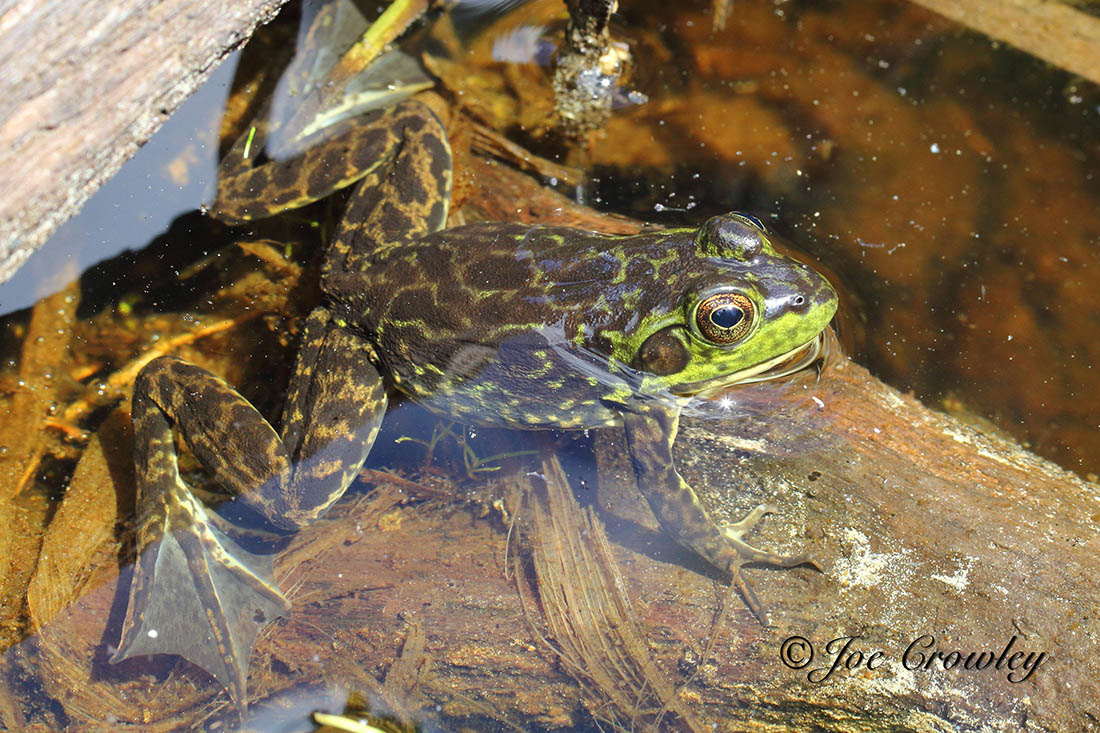Browse "Things"
-
Article
Ministers Island Historic Site
In 1890 SIR WILLIAM VAN HORNE purchased Minister's Island on PASSAMAQUODDY BAY for his summer resort. Van Horne built a most impressive sandstone house there, which he called Covenhoven.
"https://development.thecanadianencyclopedia.ca/images/tce_placeholder.jpg?v=e9dca980c9bdb3aa11e832e7ea94f5d9" // resources/views/front/categories/view.blade.php
https://development.thecanadianencyclopedia.ca/images/tce_placeholder.jpg?v=e9dca980c9bdb3aa11e832e7ea94f5d9
-
Article
Ministry of Overseas Military Forces
The Ministry of Overseas Military Forces was established in November 1916 to administer Canadian forces in the UK, especially in the training of reinforcements, and to act as the communications channel between the Militia Department, the British War Office, and the Canadian Corps in France.
"https://development.thecanadianencyclopedia.ca/images/tce_placeholder.jpg?v=e9dca980c9bdb3aa11e832e7ea94f5d9" // resources/views/front/categories/view.blade.php
https://development.thecanadianencyclopedia.ca/images/tce_placeholder.jpg?v=e9dca980c9bdb3aa11e832e7ea94f5d9
-
Article
Mink
The American mink (Mustela vison) is a small, amphibious weasel inhabiting wetlands throughout Canada, excluding the tundra, and abundant on the BC seashore.
"https://d2ttikhf7xbzbs.cloudfront.net/media/media/29d2f58b-9ba1-424e-a879-5a0e6a0738ba.jpg" // resources/views/front/categories/view.blade.php
https://d2ttikhf7xbzbs.cloudfront.net/media/media/29d2f58b-9ba1-424e-a879-5a0e6a0738ba.jpg
-
Article
Mink Frog
The mink frog (Lithobates septentrionalis) is a medium-sized frog native to eastern North America. It has a large distribution in eastern Canada that extends from southwestern Manitoba east to Nova Scotia and north around James Bay and into southern Labrador. Mink frogs are highly aquatic and are typically found in large, permanent water bodies.
"https://d2ttikhf7xbzbs.cloudfront.net/minkfrog/Crowley-Mink-Frog.jpg" // resources/views/front/categories/view.blade.php
https://d2ttikhf7xbzbs.cloudfront.net/minkfrog/Crowley-Mink-Frog.jpg
-
Article
Minnow
Many people refer wrongly to any small fish as a minnow. Properly, minnows are small to large freshwater fish of class Actinopterygii, order Cypriniformes, family Cyprinidae.
"https://d2ttikhf7xbzbs.cloudfront.net/media/media/310caf5d-4a5d-4276-b439-7f6aa2a2cfe0.jpg" // resources/views/front/categories/view.blade.php
https://d2ttikhf7xbzbs.cloudfront.net/media/media/310caf5d-4a5d-4276-b439-7f6aa2a2cfe0.jpg
-
Article
Minority Governments in Canada
A minority government exists when the governing party does not hold a majority of seats in the House of Commons (or provincial legislature) but is still able to command the confidence of the House. Minority governments also exist at the provincial level and in Yukon, but not in Northwest Territories or Nunavut, which do not have political parties and are governed by consensus governments.
"https://d2ttikhf7xbzbs.cloudfront.net/media/media/12c94628-6ad2-455b-9ada-0a1e6df2849d.jpg" // resources/views/front/categories/view.blade.php
https://d2ttikhf7xbzbs.cloudfront.net/media/media/12c94628-6ad2-455b-9ada-0a1e6df2849d.jpg
-
Article
Mint
Mint belongs to the mint family (Lamiaceae, also called Labiatae), a large plant family that also includes several aromatic and ornamental plants like basil, rosemary, oregano, thyme, coleus and sage.
"https://d2ttikhf7xbzbs.cloudfront.net/media/media/5e03b322-b373-4caa-af8c-7bc6cde241d4.jpg" // resources/views/front/categories/view.blade.php
https://d2ttikhf7xbzbs.cloudfront.net/media/media/5e03b322-b373-4caa-af8c-7bc6cde241d4.jpg
-
Article
Minting
The early years saw the Mint efficiently producing gold Sovereigns, Canadian coins and millions of ounces of refined gold. The Mint even produced gun parts for Britain during World War I.
"https://d2ttikhf7xbzbs.cloudfront.net/media/media/f81ef3b6-2306-4e8f-a2b7-15fdedbefee3.jpg" // resources/views/front/categories/view.blade.php
https://d2ttikhf7xbzbs.cloudfront.net/media/media/f81ef3b6-2306-4e8f-a2b7-15fdedbefee3.jpg
-
Article
Miramichi Lumber Strike
The Miramichi Lumber Strike began 20 August 1937 when 1500 millworkers and longshoremen along the Miramichi River in northern New Brunswick struck 14 lumber firms for increased wages, shorter working hours and union recognition.
"https://development.thecanadianencyclopedia.ca/images/tce_placeholder.jpg?v=e9dca980c9bdb3aa11e832e7ea94f5d9" // resources/views/front/categories/view.blade.php
https://development.thecanadianencyclopedia.ca/images/tce_placeholder.jpg?v=e9dca980c9bdb3aa11e832e7ea94f5d9
-
Article
Mishipeshu
The most important underwater being for the Ojibwa is Mishipeshu, which means "the Great Lynx." This fantastic dragon-like animal resembles a feline with horns, symbols of his power.
"https://development.thecanadianencyclopedia.ca/images/tce_placeholder.jpg?v=e9dca980c9bdb3aa11e832e7ea94f5d9" // resources/views/front/categories/view.blade.php
https://development.thecanadianencyclopedia.ca/images/tce_placeholder.jpg?v=e9dca980c9bdb3aa11e832e7ea94f5d9
-
Article
Misinformation in Canada
The advance of computers into all aspects of our lives and the rising role of the Internet have led many people to call this the Information Age. But with news travelling fast, and often with few checks and balances to ensure accuracy, it can also be seen as the Misinformation Age. Learning how to separate facts from misinformation or so-called fake news has become a critical modern skill as people learn to evaluate information being shared with them, as well as to scrutinize information they may share themselves.
"https://d2ttikhf7xbzbs.cloudfront.net/media/new_article_images/FakeNews/640px-FAKE_NEWS.png" // resources/views/front/categories/view.blade.php
https://d2ttikhf7xbzbs.cloudfront.net/media/new_article_images/FakeNews/640px-FAKE_NEWS.png
-
Article
Missing and Murdered Indigenous Women and Girls in Canada
Missing and murdered Indigenous women and girls in Canada (MMIWG) refers to a human rights crisis that has only recently become a topic of discussion within national media. Indigenous women and communities, women’s groups and international organizations have long called for action into the high and disproportionate rates of violence and the appalling numbers of missing and murdered Indigenous women and girls in Canada. Prior to the launch of the national public inquiry on 8 December 2015, these calls were continually ignored by the federal government. Described by some as a hidden crisis, Dawn Lavell-Harvard, former president of the Native Women’s Association of Canada, refers to MMIWG as a national tragedy and a national shame. In 2015, the Truth and Reconciliation Commission of Canada supported the call for a national public inquiry into the disproportionate victimization of Indigenous women and girls. The National Inquiry’s Final Report was completed and presented to the public on 3 June 2019.
"https://d2ttikhf7xbzbs.cloudfront.net/media/media/2a243145-5d5c-42f2-a98f-bcda497ab7dc.jpg" // resources/views/front/categories/view.blade.php
https://d2ttikhf7xbzbs.cloudfront.net/media/media/2a243145-5d5c-42f2-a98f-bcda497ab7dc.jpg
-
Article
Missionaries in the 17th Century
The presence of Roman Catholic priests, lay brothers, and nuns among the first settlers in New France was an important factor in the development of the colony. The prime object was to convert the Indigenous people but the missionaries also looked after the spiritual needs of the colonists.
"https://d2ttikhf7xbzbs.cloudfront.net/media/media/ac17518a-1788-42ab-9c72-0e9a64497c68.jpg" // resources/views/front/categories/view.blade.php
https://d2ttikhf7xbzbs.cloudfront.net/media/media/ac17518a-1788-42ab-9c72-0e9a64497c68.jpg
-
Article
Missions and Missionaries
In New France as elsewhere the christianization of the Indigenous population was an ostensible motive for European occupation, and trading companies and governors were under official pressure to provide it. The actual work was left largely to religious orders and societies.
"https://d2ttikhf7xbzbs.cloudfront.net/media/media/c5b4d6ed-9fa4-4675-b8de-1af6e5cc9567.jpg" // resources/views/front/categories/view.blade.php
https://d2ttikhf7xbzbs.cloudfront.net/media/media/c5b4d6ed-9fa4-4675-b8de-1af6e5cc9567.jpg
-
Article
Mistletoe
Mistletoe family, Loranthaceae, includes about 30 genera and over 1000 species. It is predominantly tropical but has members in temperate regions.
"https://development.thecanadianencyclopedia.ca/images/tce_placeholder.jpg?v=e9dca980c9bdb3aa11e832e7ea94f5d9" // resources/views/front/categories/view.blade.php
https://development.thecanadianencyclopedia.ca/images/tce_placeholder.jpg?v=e9dca980c9bdb3aa11e832e7ea94f5d9
